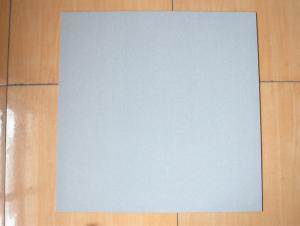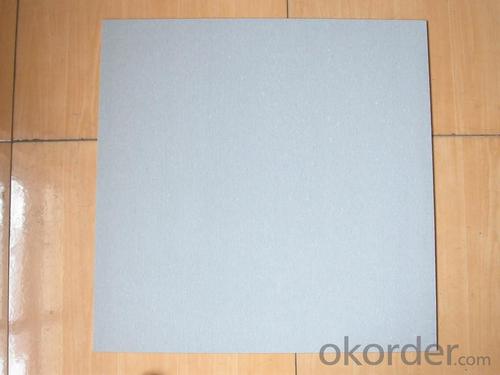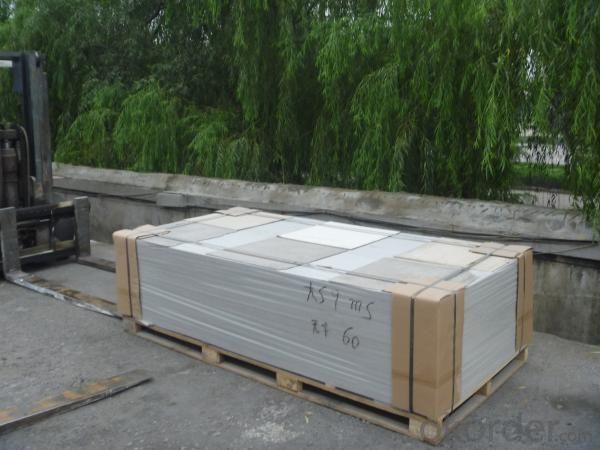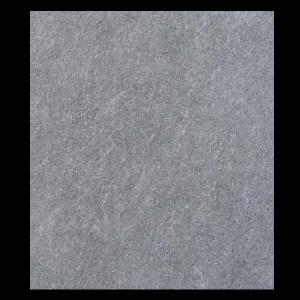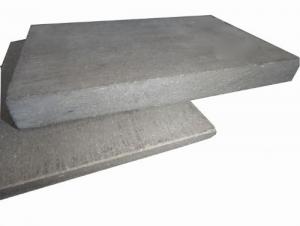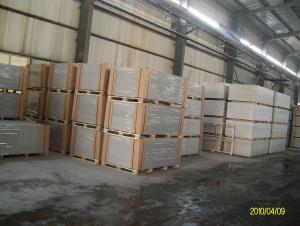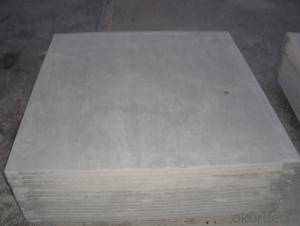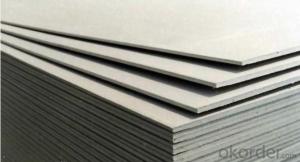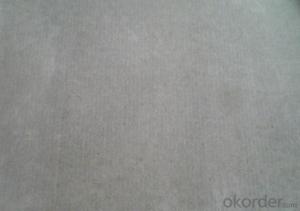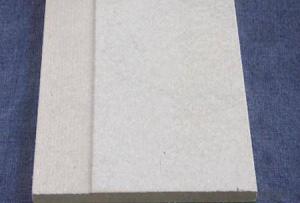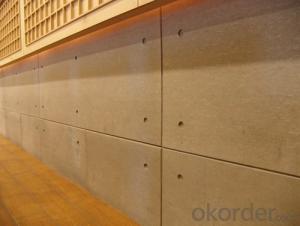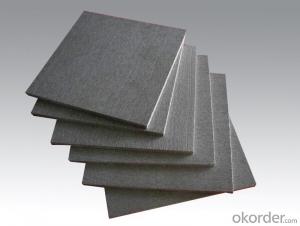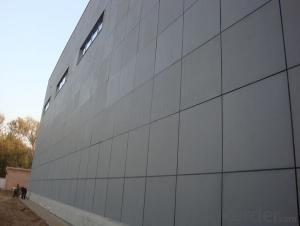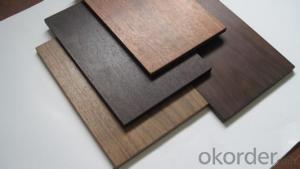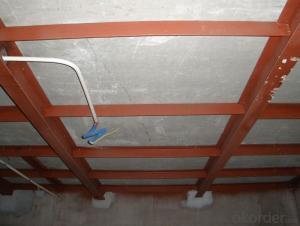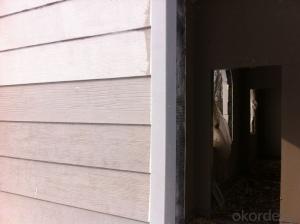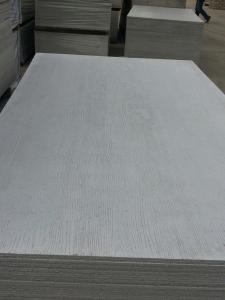Fiber Cement Board for Decoration
- Loading Port:
- China Main Port
- Payment Terms:
- TT or L/C
- Min Order Qty:
- 1Container pc
- Supply Capability:
- 6000Pcs/Day pc/month
OKorder Service Pledge
OKorder Financial Service
You Might Also Like
1.Product Features of Fiber Cement Board:
It is a light-weight and high-intensity building material which is characterized by convenience in construction, great performance for
processes like sawing, nailing without being warped or cracks. In addition, the surface of the boards can be painted or covered with tile or wallpaper, not afraid of insects and not self-heating.
The product has great thermal insulation, sound insulation, and endurance for temperature change, so it meets the working requirements of building construction, especially with it's good fire proof, explosion proof, and no emission of noxious fumes.
2.Technical Data of Fiber Cement Board:
Place of Origin: | AN HUI AND GUANGDONG China (Mainland) | Brand Name: | N | Model Number: | TCB-F8811 |
Type: | Non-Asbestos Fiber Cement Boards | Content of chloride ion: | 0% | Water content: | <10% |
Percentage of water swelling: | ≤0.25% | Thermal conductivity: | ≤0.20 W/mk | Fire Resistance: | Incombustibility A1 Class(GB8624-2006) |
Asbestos: | Asbestos free | Formaldehyde release: | No Formaldehyde | Basic color: | Brown |
Material of TCB fiber cement board: | 100% eco-friendly |
3.Specifications of Fiber Cement Board:
1) Thickness: 4 - 20mm
2) Normal Size: 1220*2440/1200*2400, with the maxium length 3.66m.
4.Usage of Fiber Cement Board:
The magnesium board is widely adoptable to partition and suspending ceiling in decoration of buildings. It is also absolutely suitable to the structure for heat preservation, sound insulation wall places with dampness, mobile partition, special class fire prevevention, sandwiched plate in fireproof- gate and packaging of equipment cases.
5.Packaging & Delivery of Fiber Cement Board:
1)Pieces with palletes or pieces loosely in the container.
2) Packed with 6-8 wood pallet in the container
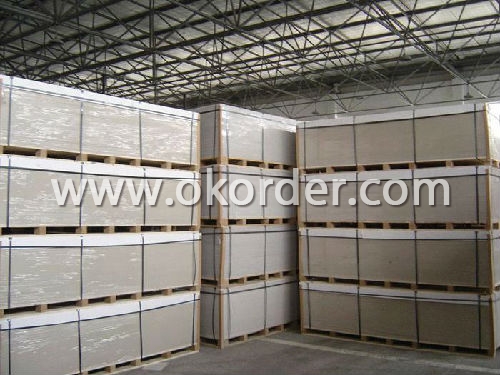

- Q: I am building a balcony. We were going to do tile, but may do a waterproof product instead. There is currently cement board glued (not screwed) to the torch down. Screws were not used because we don't want to have an area where water can seep in. Now I am worried about the glue failing and the cement boards lifting (same issue with tile come to think of it). Is the glue enough to hold down the cement board so I won't have problems in the future?
- If your to do ceramic tile then yes you need to screw and glue: it down. This glue isnt really to hold it down like most people think, its part of the support base for ceramic. You still must nail or screw it down in the require amount in the field ( 8 on center and seams a minimum of 4/6 apart.) If you live in a climate that gets cold enough for freezing , the I recommend you don t use a ceramic or porcelain tile ( frost proof or not) Using a cement board isn t the proper way to do an exposed balcony , even to rain. You need to treat it as a shower flooring and use a drain , liner , and s special cement to form a slight slope to the drain from all direction. It is possible ( Ive never done it yet) to properly do a cement board and water proof the top . The water proofing will have to be flashed up the sides to make a water proof flooring and still incorporate a draining system. If you have any questions you can e mail me through my avatar and check my qualifications there. GL
- Q: Factory roof directly painted on the cement board directly spray the white again
- Most of the paint from the nitro paint, do not know what you use (Ming paint) What is the nature of the paint? With easy to bite the bottom of the reaction.
- Q: Two centimeters thick cement board is always cracked
- Thickness is not enough, the normal playing cement board need to add pebbles or claw stone, the thickness of at least 5cm, 2cm cement board in order to not crack, inside put steel cafe, very cheap.
- Q: I know that cement board can be installed over a vinyl floor, but can it be installed over wood laminate? I am planning to install 12x12 slate tile and want a good foundation without having to do any more work than necessary. Thank you.
- NO! The laminate is a floating wood floor, and you want your cement board firmly screwed to the subfloor. You will need to remove the laminate floor. Sorry.
- Q: how can I cut the cement backer board for tiles?knife? saw? (what blade?)
- if its backer board, u can cut it with a razor knife, if its Dur-rock( cement board) wet the area of the board first after marking the line with a pencil, and then cut , will cut down on the dust. hint: get a box or floor fan and point it so as to blow the dust away from u! lic. gen. contractor
- Q: Can fiber cement board be used as an external wall?
- Cement fiberboard and fiber cement hangers Is a product of the two names, in fact, no difference. The cementitious materials are cement, and the reinforcing materials are fibers (asbestos fibers and / or cellulose fibers). The fiberboard name emphasizes the reinforcing material 'fiber'
- Q: How does the cement pressure plate hang on the old wall with paint?
- Must first brush on the interface agent, and then scraping again with gypsum, and then scraping putty. Cement pressure plate scraping putty is not very good.
- Q: We are remodeling our Bath and have put cement board around the shower which we will tile. My question is, do I continue to use cement board around the remainder of the bath or put up green board. The cement board in only 1/4 inch. Can I get greenboard that is 1/4 in. thick? I don't want a ridge between were the two meet. The tile will run half way up the wall and the other half painted in the remaining part of the bath.
- challenging problem. look at google or bing. this may help!
- Q: Help? Do I just lay new thinset on top or what?
- You have a few options. Best remove all the old board and start again or to hand scrape the old thin set off but it is a lot of work. If the old thin set is fairly flat and no big gaps when thin set came up with tiles, then you can sweep the area well ( use a power-full shop vac) and smooth coat thin set between the ridges of the old trowel marks and let dry for a few days. If you have lots of big gaps, you may need to pour a self leveling compound over the whole area to make it flat again. This isn t hard, just messy if not done right. Any questions you can e mail me through my avatar and check my qualifications there. GL.
- Q: i'm going to be putting in durock in my shower? what kind of screws do i use? do they have cement board screws?
- Anodized drywall screws
Send your message to us
Fiber Cement Board for Decoration
- Loading Port:
- China Main Port
- Payment Terms:
- TT or L/C
- Min Order Qty:
- 1Container pc
- Supply Capability:
- 6000Pcs/Day pc/month
OKorder Service Pledge
OKorder Financial Service
Similar products
Hot products
Hot Searches
Related keywords
